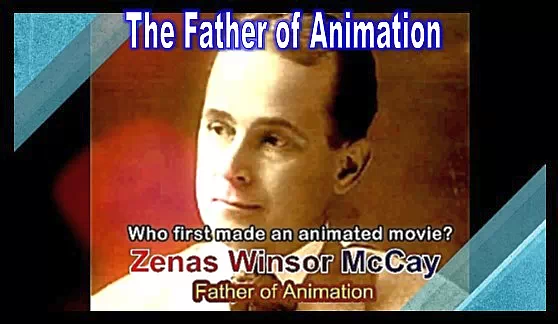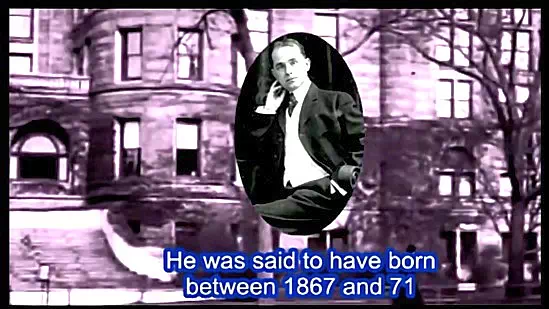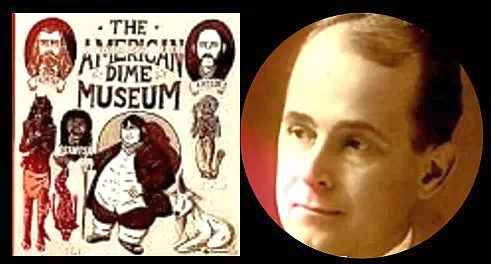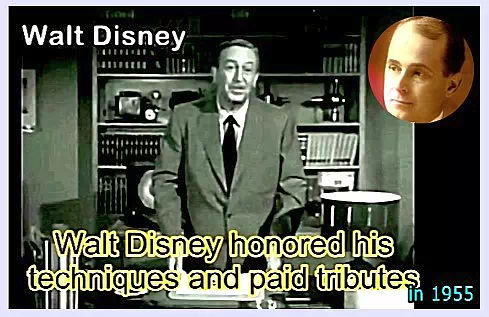Today we can’t imagine movies without animation.
To be honest, this Animation Wizard has taken us to such a mesmerism that we can’t even enjoy wedding and other function videos without animation.
Originally, this art of animation was born in the transfer period of 19-20th centuries.
One person worked hard day-and-night to create all this mesmerizing world of animation.

Animation Brahma (Animation God) like Walt Disney got inspired by him.
Hoping that you will all appreciate our small attempt to tell about the great first creator of Animation World…
Your MAM Labs… with Loves… Presents This…
Watch the Full Video
Who is “The Father of The Animation?”
There has been a lot of changes in Animated Movies since their inception.
Who first made an animated movie?
The answer could be Zenas Winsor McCay.
Zenas Winsor McCay is considered as the Father of the Animation.

There stands many names such as James Stuart Blackton and Emile Cohl who made some animated efforts earlier to McCay.

But McCay is said to be the first man in the world to have made animated cartoons.
It is uncertain that where and when he was born.
He is said to have born between 1867 and 71 either US or Canada.

He died on July26, 1934 in New York, US.
From his childhood, he exhibited tremendous skills in drawing and was a prolific artist.
Initially he worked for Dime Museums making posters and performing for cultural events.

Dime Museums were educational and entertainment centers in America for the working class people in the 19th century.
He began his career as cartoonist by illustrating newspapers and magazines in 1898.
In 1903, he joined the New York Herald. There he created popular comic strips such as ‘Little Sammy Sneeze’ and ‘Dream of The Rarebit Fiend’.

He presented a fantasy comic strip for the first time, titled “Little Nemo in Slumberland” in 1905. It was a signature strip concerning a young boy and his adventurous dreams.
At the same time many detailed editorial cartoons were produced by him.
Editorial cartoons were political cartoons with graphical caricature of public figures.
Those days Chalk Talks were much familiar in vaudeville circuit.
Vaudeville circuit was a theatrical entertainment in France during the 19th century.
He was famous for performing chalk talks on the vaudeville circuit.

Chalk Talks were illustrated performances where a speaker draws illustrations to emphasize lecture points that create interest in listeners.
McCay started animating his films himself in the early 20th century.
In making his animated films, every picture was drawn by him separately. Later they were photographed one by one.
To make a one minute film there needed were hundreds of photographs.
Very tedious and time consuming job was that. Sometimes to make a five minute cartoon it took more than a year.
He was satisfied with what he had done and felt proud of his animation work.
10 animated movies were completed between 1911 and 1921 by him. He planned for three more to make.
His first animated movie “Little Nemo” was released in theatres on April 8, 1911. It was made by him in black-and-white with 4000 drawings.

The film was well received by public. It inspired him to remake it in color by painting each and every frame by hand.
He released his second animated movie “How a Mosquito Operates” in 1912.
The theme of the film was based on an episode of his comic strip ‘Rarebit Fiend’ published in 1909.

The film was a pure comedy animation. A giant mosquito irritates a sleeping man by sucking the blood. It escapes many attempts by the man. Finally it explodes itself as a result of overdrinking the blood of the man to its fullest limits.
His next animated movie was “Gertie the Dinosaur” released in February 1914 with detailed background animation.
In this film a dinosaur named “Gertie” was introduced by McCay. It was in captivity.

Gertie performed many animated tricks like bowing to the audience as McCay commanded the beast with a whip.
The interesting point in this animated movie is that McCay walked off stage and reentered the film in animated form and was carried by Gertie finally.
Many comic strips like “A Tale of the Jungle Imps”, Little Sammy Sneeze”, and so on were made by him.
He had produced almost 11 animated movies including the above said ones.
His other animated movies are “The Pet”, “The Flying House”, “Flip’s Circus”, etc.

In Dream of the Rarebit Fiend, he had used Silas as pen name.
All his works were made with great understanding of realistic perspective. His techniques were later followed in Walt Disney’s animated films.
Walt Disney honored McCay’s techniques and paid tribute to McCay in 1955 on an episode of Disneyland, named “The Story of Animated Drawing”.

This is the story of the Father of the Animation, Zenas Winsor McCay, in brief.
All Blogs & Vlogs from mamlabs.net

